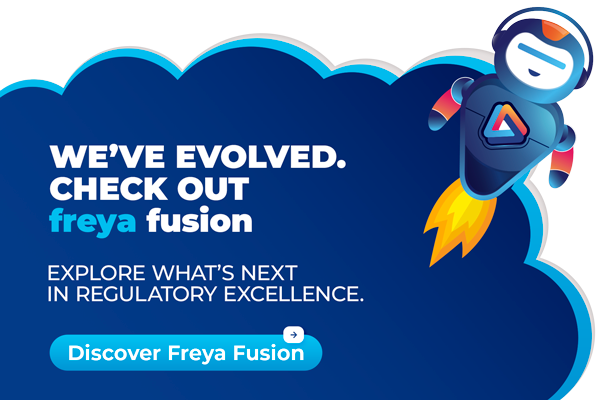Key Updates on TGA’s eCTD 4.0 Rollout
The Therapeutic Goods Administration (TGA) is advancing its implementation of the ICH eCTD (Electronic Common Technical Document) version 4.0, aiming to enhance global harmonization and streamline regulatory submissions.
